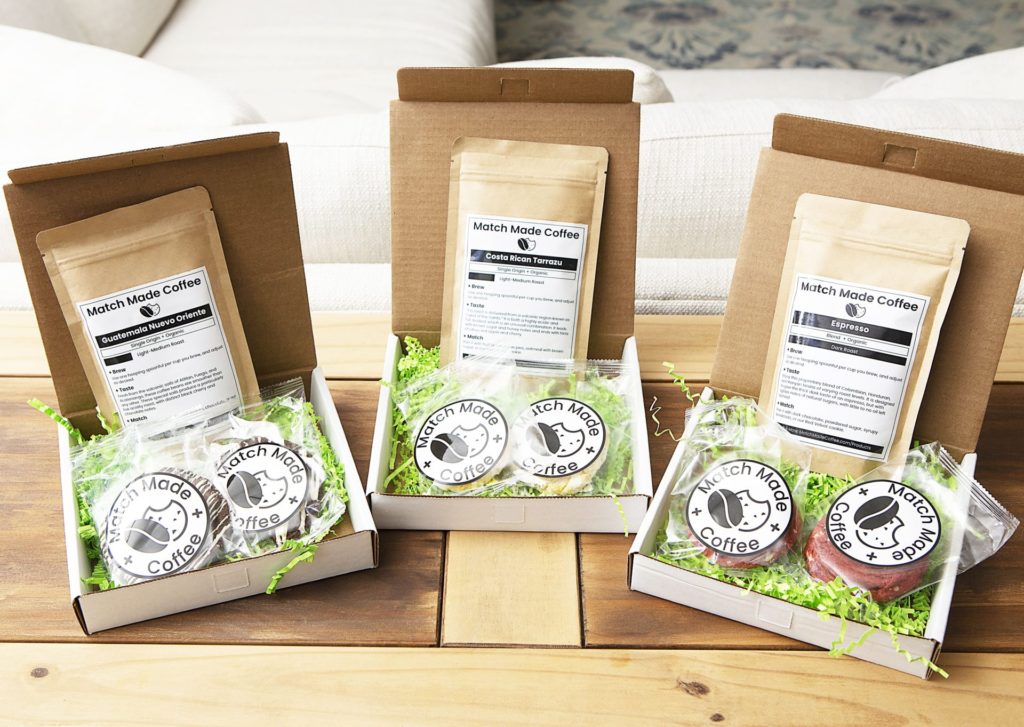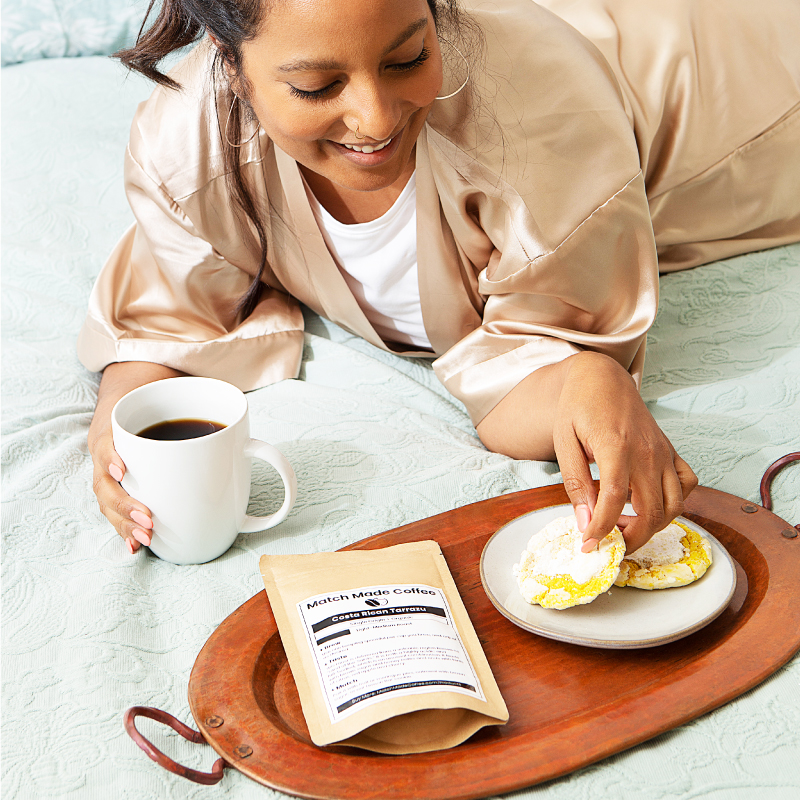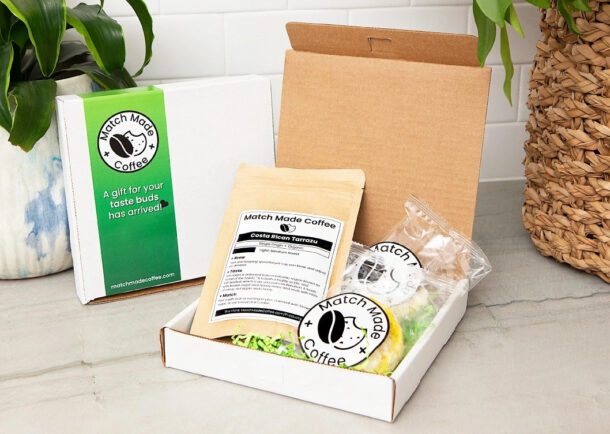People tend to like the French Press if they want to control the coffee’s flavor a bit more. In some places it is known as a Coffee Press, but we will refer to it as the French Press from here on out so that we don’t keep repeating both names.
Like many things French, it is used by people who are of a discerning character (ie snobby). But, of all the different ways to make coffee, the most flexible and easy way to find your own perfect coffee process is with the French Press. And, if you properly measure everything out like many French Press users do, you will have a duplicatable and perfect cup of coffee that anyone around the world could experience to a high degree of accuracy (much more so than a slow drip machine, as each machine and brand will vary a little bit).
A French Press is essentially a pitcher where you put the ground coffee in, add the water, and then put on a top with the filter attached to push the floating ground coffee towards the bottom, allowing you to pour coffee without any leftover chunks.

The French Press gives the user a lot more control, and the amount of extra work is negligible. Many people who use a French Press will literally measure the water temperature, weigh out the coffee beans and water ratios, practice grinding the beans to a specific coarseness they like, and then timing how long the coffee grounds are submerged in the hot water.
It sounds like a lot of extra work, but it’s really not bad. Especially when you consider that the trade-off is being able to fine-tune all of the various aspects of coffee, to find what you subjectively believe to be the best cup of coffee in the world.
It takes about 5 minutes, plus the time it takes to boil water.
Here’s the process:
1) Boil your water.
Many people who use a French Press will also utilize a thermometer. Try different temperatures in the 195°-202°F range to see what works best for you and your perfect morning routine.
2) Weigh your coffee (optional)
The weight of your beans is more important than simply measuring teaspoons, as darker roasts will weigh less due to having lost more oils and acids in the roasting process. If you typically use sugars and creams, we encourage you to add less of that and try adding more water. This will insure that you’re getting the flavor of the coffee beans and the roast and the brewing method, and not just the flavor of diabetes. If you’re curious about what the Specialty Coffee Association of America recommends for all coffee related standards, click here.
3) Grind your coffee beans (optional if you started with ground coffee)
With the French Press you want to use a medium or coarse grind. Do this while your water is heating up, and add the coffee grounds to an otherwise empty French Press that doesn’t have the lid or plunger in it
4) Pour the hot water into the French Press
Make sure it is in the ideal temperature range. For an easy rule of thumb, if you stopped right when the water began to boil, if you wait 15 seconds, you should be fine. At some point you will want a spoon or something to stir, as some coffee grinds may float while others sink. Give it a good mix up either a little bit after the water has been added
5) Wait three to five minutes
This will depend largely on how you like your coffee flavor (and we encourage you to experiment). But, keep in mind how well ground your coffee beans were. They should not be fine grounds, but the bigger the coffee grind chunks the longer they should be steeped in the hot water. When finding your ideal brewing duration it is important to make sure your coffee grounds are all starting in the same spot.
6) Place the lid back on, with the plunger as far removed as possible
7) Plunge
Your coffee grounds should all be together at the bottom of the French Press now. You can plunge just once, or plunge multiple times and cause more turbulence and in turn get more out of the coffee beans while mixing the coffee together.
8) Pour!
When you’re trying to find your perfect cup of coffee, be sure that when you are trying different variables that you are only changing one thing at a time. The first one that might take a little practice is being able to achieve a consistent coffee grind, but once you have that down you can try tweaking the others.
Now you are one step closer to becoming a coffee snob, with one more coffee making tool in your pocket.
How do you guys make your coffee? Let us know in the comments or start a conversation with us on Facebook.






